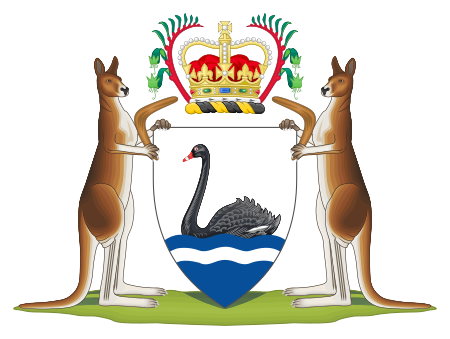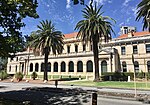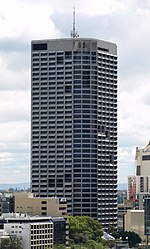Parliament of Western Australia

The Parliament of Western Australia is the bicameral legislature of the Australian state of Western Australia, forming the legislative branch of the Government of Western Australia. The parliament consists of a lower house, the Legislative Assembly, an upper house, the Legislative Council and the King, represented by the Governor of Western Australia. The two Houses of Parliament sit in Parliament House in the state capital, Perth. For a bill to become law, it must be passed by both the Legislative Council and the Legislative Assembly, and receive royal assent from the Governor. The party or coalition commanding the support of a majority of the members of the Legislative Assembly is invited by the governor to form government. The head of government holds the office of Premier of Western Australia.Currently, the Legislative Council has 36 members elected for four-year terms from multi-member constituencies by proportional representation, and the Legislative Assembly has 59 members, elected for four-year terms from single-member constituencies, using preferential voting. As with all other Australian states and territories, enrolment to vote and voting for both Houses is compulsory for all resident Australian citizens—and eligible British citizens (i.e., those permanently resident and on the electoral roll prior to the passage of the Australia Act)—who are over the legal voting age of 18.
Excerpt from the Wikipedia article Parliament of Western Australia (License: CC BY-SA 3.0, Authors, Images).Parliament of Western Australia
Harvest Terrace, Perth West Perth
Geographical coordinates (GPS) Address Nearby Places Show on map
Geographical coordinates (GPS)
| Latitude | Longitude |
|---|---|
| N -31.951666666667 ° | E 115.84694444444 ° |
Address
Harvest Terrace
Harvest Terrace
6005 Perth, West Perth
Western Australia, Australia
Open on Google Maps










